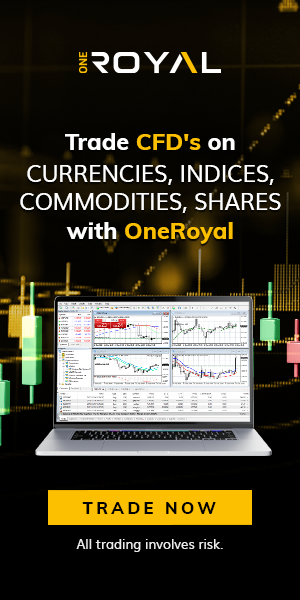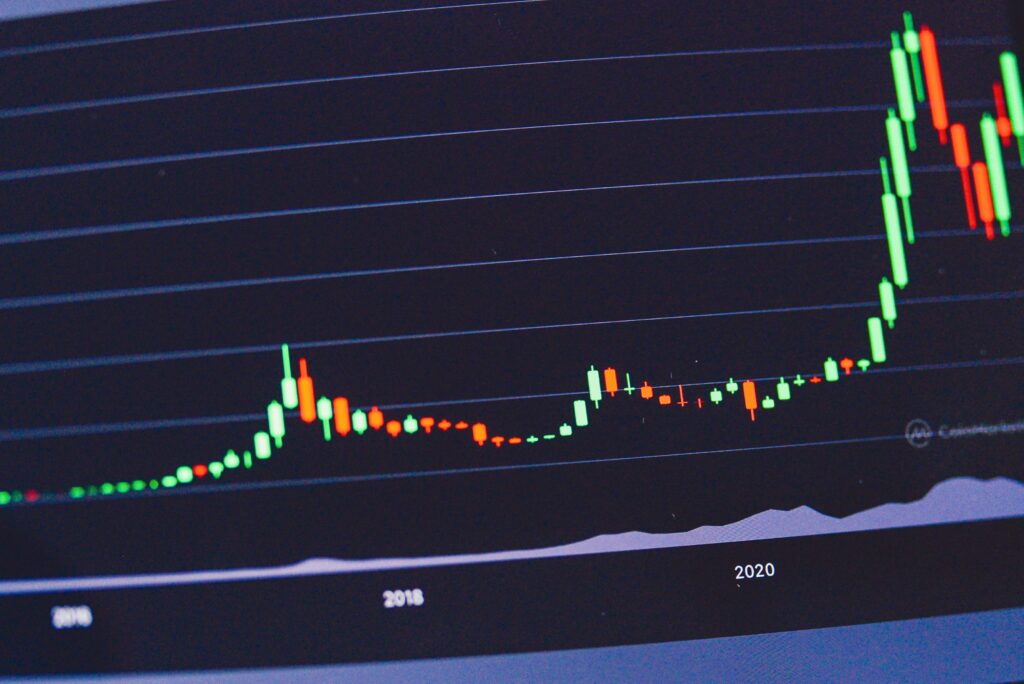A thin market in the forex landscape on any financial exchange refers to a time characterised by low trading volume, including buyers and sellers, whether concerning a single stock, an entire sector, or the market as a whole. A thin market, sometimes referred to as a narrow market, can lead to significant price fluctuations.
Understanding thin markets
A thin market is marked by heightened price volatility and diminished liquidity. Fluctuations in supply and demand can occur suddenly, resulting in a notable effect on prices. With limited bids and asks available, potential buyers and sellers may struggle to execute transactions.
Though the overall trading volume is minimal, individual trades are frequently substantial. This causes price changes to be larger. Furthermore, the difference between bid and ask prices for an asset usually widens as traders look to benefit from the lack of market participants.
A thin market contrasts with a liquid market, which is characterized by a robust number of buyers and sellers, strong liquidity, and relatively stable price fluctuations.
Liquidity is defined as a measurement of how easily and quickly an asset can be converted into cash at a price close to its fair value. Cash in a bank account is considered a liquid asset. In contrast, a house or an original masterpiece painting would not be.
Traders can implement specific strategies when they notice that the markets they are involved in are becoming thin. For example, they might opt for smaller order sizes and use broader stop and limit orders. Recognizing that a thin market is inherently volatile, traders may place their stop orders further out to avoid being triggered by the more drastic swings in market conditions. This approach comes with higher risks, leading traders to consider smaller order sizes to minimize potential losses if their stop losses are activated.
In general, stock shares are often seen as liquid assets. They can be readily sold at any time, with cash becoming available after only a short delay. Their value typically remains close to the original purchase price unless the seller has chosen a poor-performing stock.
However, the inherent nature of a thin market undermines liquidity. Individual investors might find it challenging or even impossible to obtain a fair price in such conditions. When engaging in a thin market, it is crucial to assess potential losses before evaluating possible gains.




